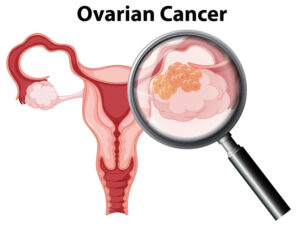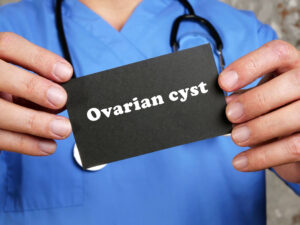A yeast infection is caused by an overgrowth of a fungus called Candida. Candida normally grows in small amounts in the vagina. When the balance of bacteria that ordinarily dwells in the vagina and candida is “altered”; an overgrowth of Candida can occur, resulting in a yeast infection. A yeast infection is NOT an STI(sexually transmitted infection). Having said as much, I don’t think it “a deal breaker” if you don’t relay said information to your sexual partner unless they to are noticing symptoms.
Technically speaking, you can give a yeast infection to your partner; however, this is not a common cause of infection or reinfection, and partners typically aren’t treated.
Routine yeast infections can be treated with an over the counter medication such as Monistat. A common problem; however, is that many women self-diagnose, and what is presumed to be a yeast infection often times is not. If such treatment doesn’t relieve your symptoms, it is best to see a doctor for a work-up to ensure that: a) you indeed have a yeast infection, b) if you do have a yeast infection, that it isn’t a resistant strain that requires alternative treatment, or c) if you do have a yeast infection that either isn’t resolving or is recurrent, you may need prolonged therapy. Fungus infections can happen in many areas around the body and not just inside the vagina. For this reason, there are many different treatment options depending on where the fungus grows (and it isn’t just yeast that presents a fungal issue). Patients may find that they would have to go for something like laser toenail fungus removal or something similar depending on where the fungus is growing.
Unlike sexually transmitted infections which can result in serious sequelae such as infertility if not treated; not treating a yeast infection only results in symptoms such as: burning, itching, irritation, inflammation, and extreme discomfort with intercourse(to name a few…and again, I totally get this and am not minimizing how annoyingly uncomfortable these can be).
Yeast infections are usually sporadic occurrences without an obvious source. Though we are often told to avoid tight clothing, use non-scented soaps, and to avoid things such as douching; the evidence to support such recommendations is weak. Risk factors for yeast infections include the following: use of broad spectrum antibiotics, high estrogenic states such as pregnancy/oral contraceptive pills with higher estrogen concentrations, poorly controlled diabetes, as well as any type of immune-compromise, whether it be due to medications such as chronic steroid use, or disease states such as HIV.
Remember, knowledge is power.
Until we meet again,
Look Better. Feel Better. Be Better.
Dr. Angela










